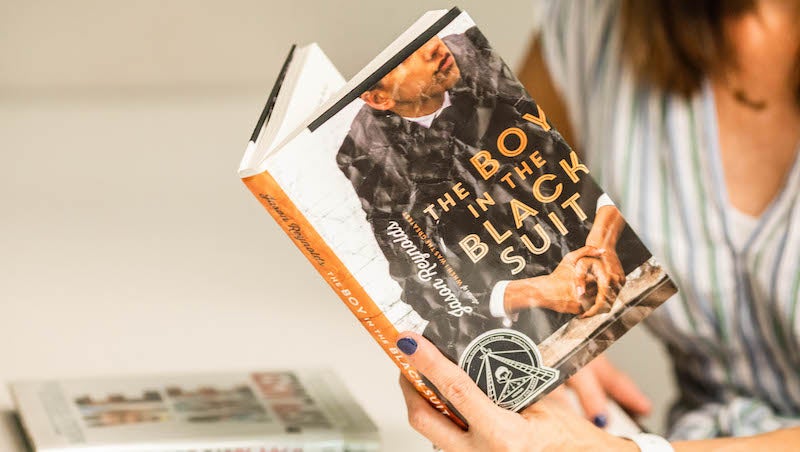By Madoline Markham
Photos by Morgan Hunt & Contributed
Dianna Minor will always remember the day she first read The Proudest Blue by Ibtijab Muhammad with English Language Learning students at Berry Middle School. The book tells the story of two sisters on the first day of school. For one of them it’s their first day wearing a hijab made of a beautiful blue fabric. Not everyone sees hijab as beautiful, though, and in the face of hurtful words, the girls find new ways to be strong.
After reading the book, one of Minor’s students who wears a hijab herself came up to her. “It’s a book about me,” she told Minor.
And that’s just the reason Minor, a curriculum and literacy coach, is leading a committee to incorporate more literature by minority authors into the curriculum in Hoover City Schools.
Minor explains the importance of the Diverse Literature Initiative (DLI) in terms of mirrors and windows. “Students should be able to see themselves (in a mirror) in what they read and be able to peer into a window into the lives of others,” she says. “Our students are interested in reading about people from different backgrounds. We have over 50 languages spoken in our district, so we have to make sure we are including all those students in what we teach.”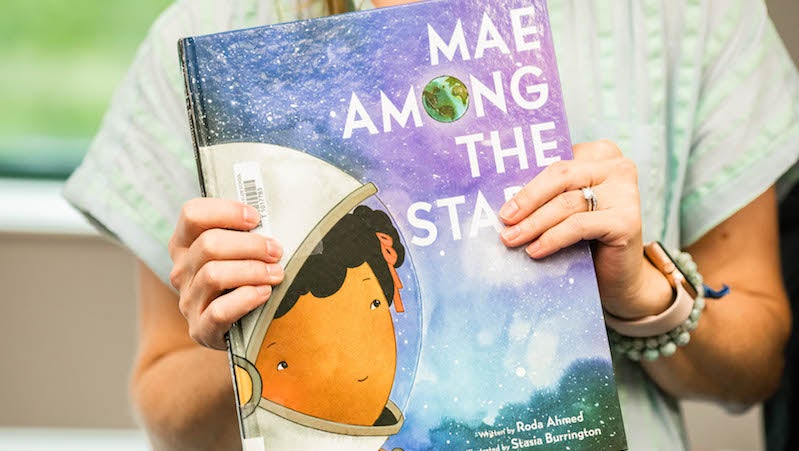
When the first pilot phase of the initiative launched in 2019, that looked like small groups of students spanning across elementary and secondary grades reading titles like Fly Girl by Sherri Smith about a young African American woman who wants to fly in the 1940s, and a team of sixth-grade students reading Ghost by Jason Reynolds about a student on the track team and the relationships he builds, rife with humor. In pilot classrooms in eighth grade and ninth grade, The Boy in the Black Suit about friendship, family, and community was an engaging and popular text with young adolescent students. At the elementary level, books like Can I Touch Your Hair? by Troy Brown Read about hair texture were read aloud, too. Minor also notes that these reading selections made it into classrooms thanks to financial support from the HCS central office and administrators at each school.
While that first phrase of the initiative focused on African American literature since it represents the largest minority population in the school system, this fall a second phase of the pilot will introduce authors who are Asian American, Hispanic American, Indian American and Native American to classrooms in each school in the system. In Last Stop on Market Street by Matt de la Peña, students will read about the questions a boy asks while riding the bus home with his grandmother after church. In The Water Princess by Susan Verde, others will learn about girl dreaming of bringing clean water to her African village.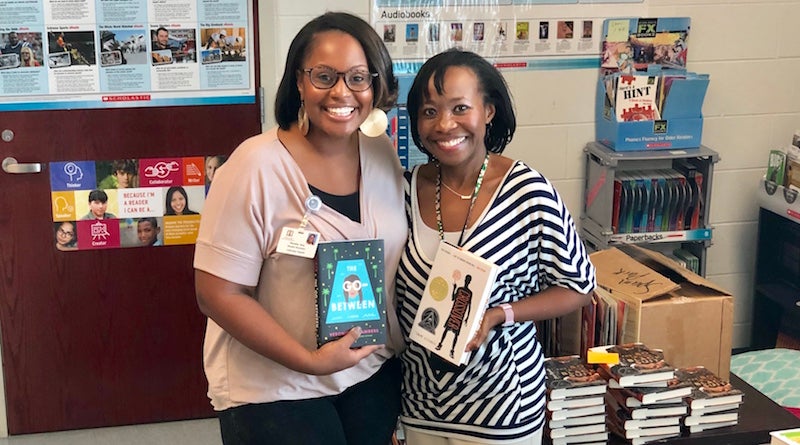
For Hoover High School English teacher Reed Lochamy, the first year of the DLI looked like piloting a study of Just Mercy that was adapted for young adults with his 12th-grade students. Senior English is a British literature class, so the nonfiction work by Bryan Stevenson—who started the Montgomery-based Equal Justice Initiative and writes about defending wrongly condemned incarcerated people in Alabama—is quite the departure from Beowulf, Macbeth and Canterbury Tales.
“Seniors in non-advanced English class…are not always super enthused to read things that are 400 years old,” Lochamy says. “You have to work hard to connect that to the lives of students in your class. When we read Just Mercy, it was remarkable how much more engaged students were. It applied to their lives and discussions in our current situation much more. It sparked their genuine curiosity and became in some ways a research project to bring back to the class. We wound up compiling documents and resources (on the topic).
“Stevenson’s work both hit on that interesting question of fairness and criminal justice while also hitting on questions about race that have been prominent on our campus. There have been incidents that have sparked questions about race and equity (here too).”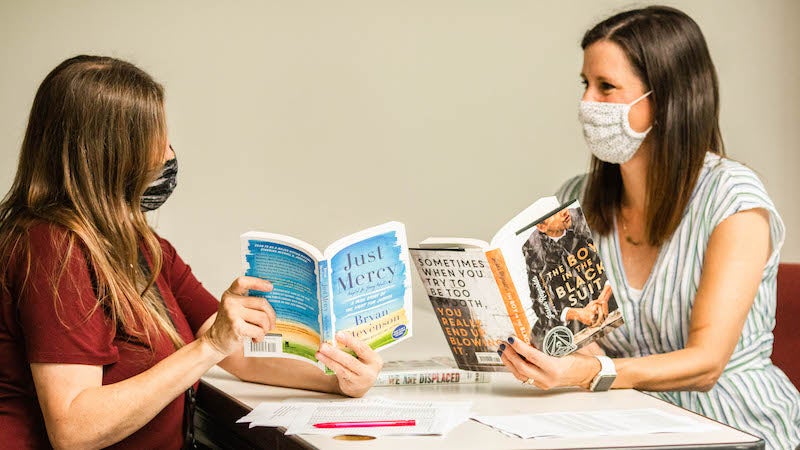
Now that that pilot year has passed, Lochamy’s thinking that in part came from the DLI has led him to switch up his reading list for his IB English 11 class next year to better reflect the South Asian and East Asian students in his classes too.
His students will engage with a collection short stories by Jhumpa Lahiri, the daughter of Indian immigrants, as well as Balzac and the Little Chinese Seamstress, a novel about the Cultural Revolution in China by Dai Sijie, and two other new novels. To make room for them, he’s taking out works like A Doll’s House by Henrik Ibson—which he says he hates to lose—and Joseph Conrad’s Heart of Darkness, a book he said opened up discussions about colonialism and racism since it was written in 1899.
Also new next year, Lochamy will be teaching a new African American Literature elective open to all students at Hoover, and Clare Johnson, who came up with the idea for the course, will also teach it at Spain Park High School. The class will start off with reading Octavia Butler’s Parable of the Sower–an author Lochamy admits he was largely unfamiliar with until he read her book Kindred through the predecessor to DLI, a voluntary teacher book study called Cover to Cover.
Later in the year the African American Literature class will study All American Boys, a novel about an incident of police brutality where the chapters from the perspective of white characters were written by Brendan Kiely and the ones from the perspective of black characters were written by Jason Reynolds, and still later Ta-Nehisi Coates’ graphic novel Black Panther. “(The course) will focus on exposing students in the course to the Black experience as seen through the lens of a variety of time and place and gender,” Lochamy explains.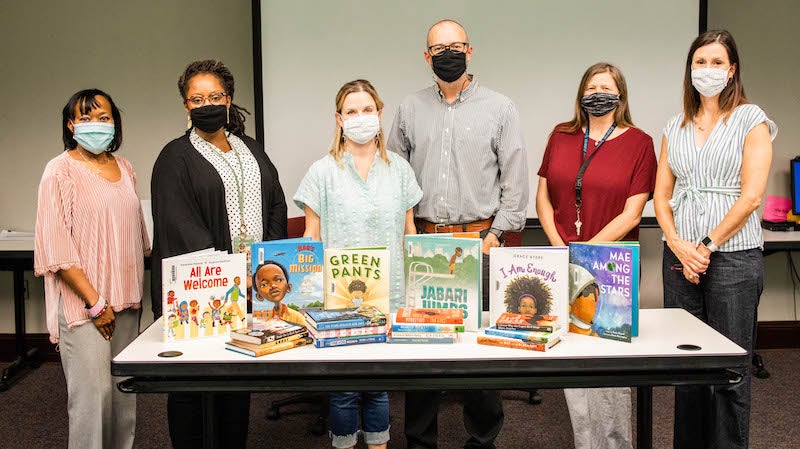
He also notes that the class will start and end with Afrofuturism. The genre, he says, is much like science fiction and focuses on empowering and uplifting themes as a departure from the important stories of struggle in African American literature.
No matter the text or the grade level, though, Minor says the literature curriculum in Hoover City Schools will always being fluid as more works are always coming into print. And the eight members of the DLI committee—also led by co-chairs Elizabeth Lochamy and Porsha Key, a media specialist and reading coach at Shades Mountain Elementary School, respectively—will continue to work to make sure the curriculum acts as mirrors and windows for students of all races and cultures in the school system.
Lindsey Brooksbank, a first-grade teacher at Green Valley Elementary School, summed up the “why” of DLI well following her first year in the pilot: “(My students) like reading a book and seeing a character who looks like them. They can relate because they see a character doing something they might do at home or school, and it helps them connect to the text better.”
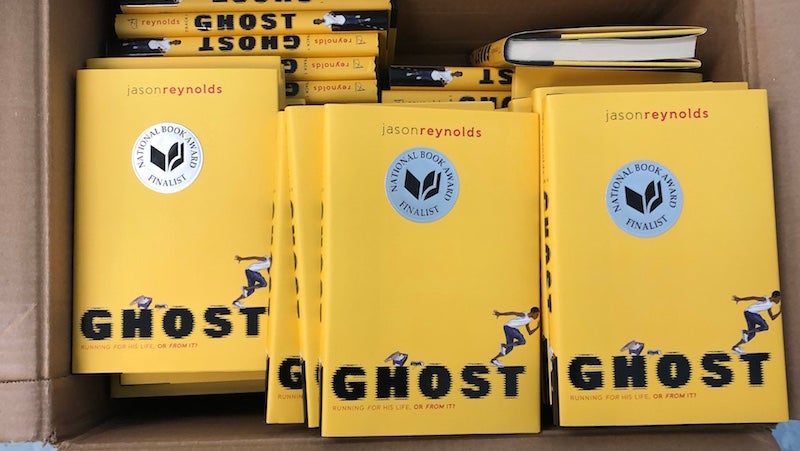 A DLI-Inspired Reading List
A DLI-Inspired Reading List
Writing this article made us want to read some of the books that are a part of the Diversity Literature Initiative, so we rounded up a list of titles that got shout-outs in it for easy reference.
Elementary
- Can I Touch Your Hair? by Troy Brown
- Last Stop on Market Street by Matt de la Peña
- The Water Princess by Susan Verde
Secondary
- Fly Girl by Sherri Smith
- Ghost by Jason Reynolds
- The Boy in the Black Suit by Jason Reynolds
- Just Mercy: Adapted for Young Adults by Bryan Stevenson
- All American Boys by Brendan Kiely & Jason Reynolds
- Parable of the Sower by Octavia Butler
- Black Panther by Ta-Nehisi Coates
- Balzac and the Little Chinese Seamstress by Dai Sijie

